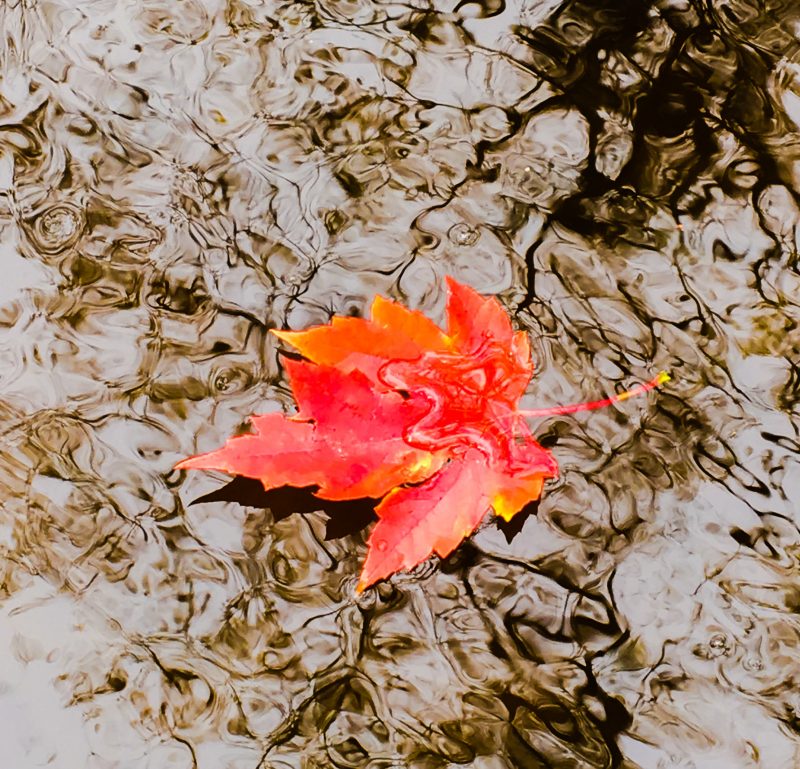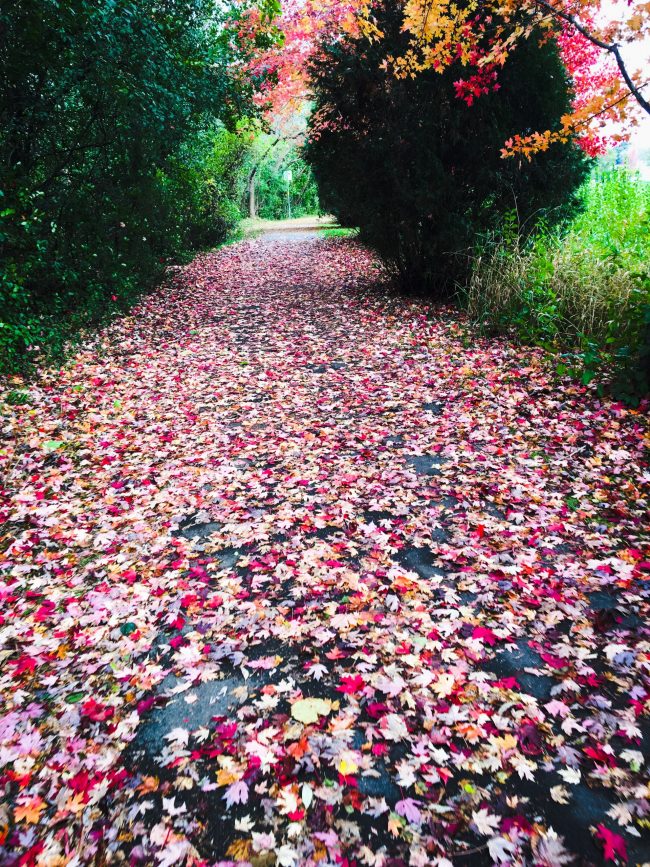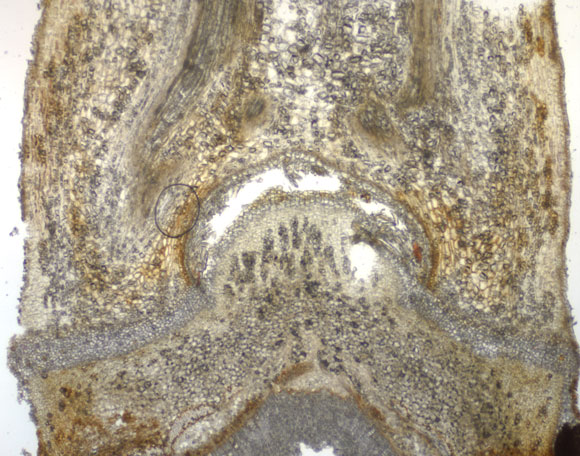
Why do trees shed their leaves?
Now that Northern Hemisphere autumn is here, in temperate forests across this hemisphere, trees are shedding their leaves as cold weather approaches. Meanwhile, in the northern tropics, trees shed their leaves at the onset of the dry season (typically from October to March). Many types of trees shed leaves as a strategy to survive harsh weather conditions. Trees that lose all of their leaves for part of the year are deciduous trees, from a Latin word meaning that which falls down. Those that don’t are known as evergreen trees.
What’s the difference? Why do some trees shed their leaves?
For the answer, look to the trees themselves. Most deciduous trees have broad leaves that are susceptible to damage during cold or dry weather. In contrast, most evergreen trees either live in warm, wet climates, or they have weather-resistant needles for leaves. But nature always provides exceptions. One of the exceptions is the tamarack tree, which sheds its needles every autumn. Another is the live oak, which retains its broad leaves for the entire year even in relatively cool climates.
Common deciduous trees in the Northern Hemisphere include several species of ash, aspen, beech, birch, cherry, elm, hickory, hornbeam, maple, oak, poplar and willow.
In tropical and subtropical regions, deciduous trees include several species of acacia, baobab, roble, ceiba, chaca and guanacaste.

How leaf shedding helps a tree
The shedding of leaves helps trees conserve water and energy. As unfavorable weather approaches, hormones in the trees trigger the process of abscission, whereby the leaves are actively cut off the tree by specialized cells. The word abscission shares the same Latin root word as that in scissors, scindere, which means to cut.
At the start of the abscission process, trees reabsorb valuable nutrients from their leaves and store them for later use in their roots. Chlorophyll, the pigment that gives leaves their green color, is one of the first molecules to be broken down for its nutrients. This is one of the reasons why trees turn red, orange and gold colors during the fall. At the end of the abscission process, when the leaves have been shed, a protective layer of cells grows over the exposed area.
The shedding of leaves may also help trees to pollinate come springtime. Without leaves to get in the way, wind-blown pollen can travel longer distances and reach more trees.

Bottom line: Trees shed their leaves when dry or cold weather is approaching. The trees pull in the nutrients from the leaves before the cells cut off the leaf, which then drops into your yard for raking.











